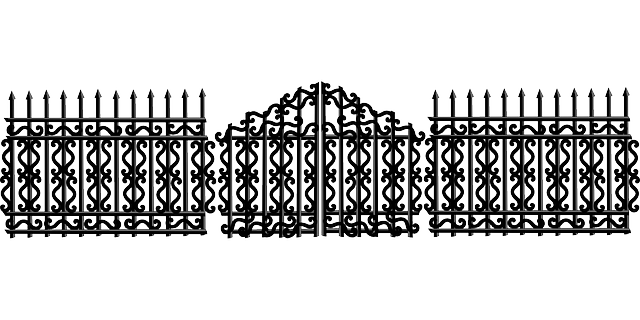Large properties present unique challenges when it comes to fencing, with costs often being a significant consideration. This article guides homeowners and property managers through an array of cost-effective solutions tailored to large-scale installations. By exploring the key drivers behind fence expenses, we offer creative material choices, efficient installation techniques, and long-term maintenance strategies that promote sustainable savings. These insights empower readers to make informed decisions, ensuring both functionality and affordability for their fencing needs.
- Understanding Cost Drivers for Large Property Fences
- Creative Material Choices for Budget-Friendly Fencing
- Installation Techniques to Save on Labor Costs
- Long-Term Maintenance Strategies for Sustainable Savings
Understanding Cost Drivers for Large Property Fences
When considering fencing solutions for large properties, understanding cost drivers is key to making informed decisions. Several factors significantly influence the overall expense of a fence project. One of the primary determinants is the type of material chosen. Different materials, such as wood, vinyl, or metal, come with varying price points based on their availability, durability, and maintenance requirements. For instance, while wood offers natural aesthetics, it may need regular treatment to withstand the elements, impacting long-term costs.
Another critical cost driver is the fence’s complexity and size. Larger properties often require longer fences with more intricate designs, which can increase labor and material expenses. Additionally, terrain conditions play a role; building a fence on uneven ground or in challenging geographical locations may incur extra costs due to specialized equipment and techniques required for installation.
Creative Material Choices for Budget-Friendly Fencing
When it comes to fencing large properties on a budget, creative material choices can make all the difference. Traditional wooden fences might be expensive and require frequent maintenance, but there are alternative options that offer both affordability and durability. One such option is recycled plastic fencing. These materials are not only cost-effective but also environmentally friendly, as they are made from reclaimed sources. They come in various styles, colors, and textures, allowing for customization to fit any aesthetic preference while maintaining a low environmental impact.
Another innovative approach involves using metal fencing with a powder-coated finish. Metal offers durability and long-lasting performance, and the powder coating adds an extra layer of protection against rust and corrosion. These fences can be designed in modern, sleek styles or traditional patterns, providing both functionality and visual appeal without breaking the bank. Additionally, vinyl fencing is another budget-friendly option known for its low maintenance requirements and wide range of colors and designs available, making it a versatile choice for any large property.
Installation Techniques to Save on Labor Costs
To keep labor costs low when installing fencing for large properties, consider innovative installation techniques. One effective method is pre-assembling sections of the fence off-site before transporting them to the property. This reduces on-site assembly time and can significantly cut labor expenses. Additionally, using modular fencing systems allows for quick installation, as these components are designed to fit together seamlessly.
Another cost-saving approach is to opt for do-it-yourself (DIY) installation methods. Many modern fence designs come with simple, step-by-step instructions that enable homeowners or property managers to install the fences themselves. This not only reduces labor costs but also provides an opportunity to customize the fence to personal preferences. DIY installations can be achieved through the use of pressure-treated posts, pre-galvanized chain link fabric, and concrete footing options that are easier and more affordable than traditional methods.
Long-Term Maintenance Strategies for Sustainable Savings
Implementing cost-effective fencing solutions doesn’t have to mean sacrificing durability or long-term value. One key aspect often overlooked is adopting strategic maintenance plans that promote sustainability and savings over time. Regular cleaning and inspections are fundamental; removing accumulated debris and treating wooden fences with preservatives can significantly extend their lifespan, reducing replacement costs.
Additionally, opting for low-maintenance materials like vinyl or aluminum fencing requires less frequent upkeep. These materials are resistant to rot, rust, and damage from insects, ensuring they maintain their structural integrity without the need for constant repairs. Establishing a routine maintenance schedule not only conserves resources but also guarantees your property remains secure and aesthetically pleasing for years to come.
